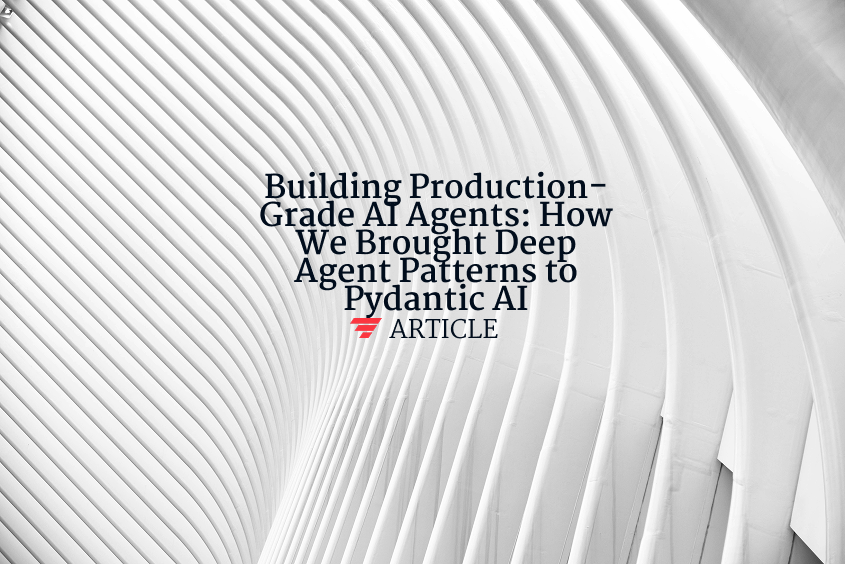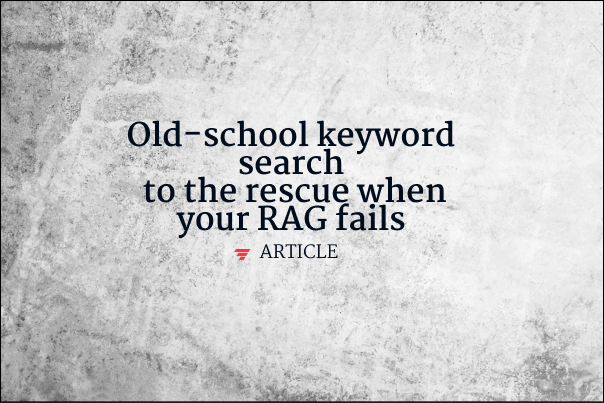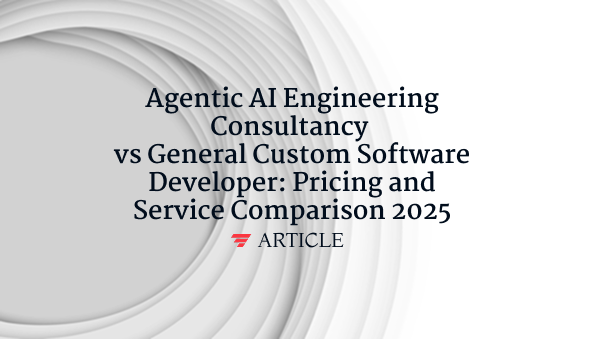Zero shot learning explained
Zero shot learning explained describes machine learning systems that can classify or perform tasks on categories they have never encountered during training, leveraging learned semantic relationships and transferable knowledge. This paradigm enables models to generalize to unseen classes by mapping high-level descriptions or attributes to visual or textual features through embedding spaces. Zero shot learning employs techniques like attribute-based learning where models learn relationships between semantic descriptions and observable features, cross-modal knowledge transfer between different data modalities, and semantic embeddings that bridge seen and unseen categories. Common applications include image classification with novel object categories, natural language understanding for new domains, and recommendation systems handling new items. The approach relies on auxiliary information such as class descriptions, ontologies, or pre-trained representations to enable generalization. For AI agents, zero shot learning provides immediate adaptation capabilities without retraining, enabling deployment across diverse domains and handling of unexpected scenarios.
Want to learn how these AI concepts work in practice?
Understanding AI is one thing. Explore how we apply these AI principles to build scalable, agentic workflows that deliver real ROI and value for organizations.



